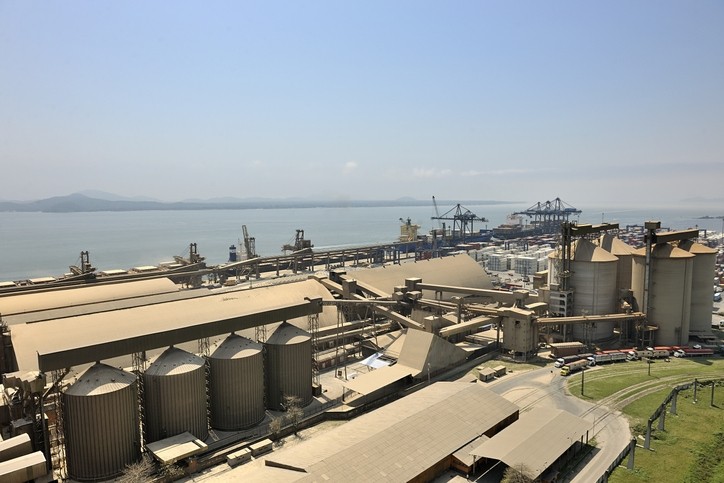US soy feed ingredients see boost from China's poultry import shift

The news that China would be reopening its import market to US poultry products was an exciting development, said Jim Sutter, CEO with the US Soybean Export Council (USSEC).
“The number one customer for US soy is the animal agriculture industry, and poultry is a component of that,” he told FeedNavigator. “So any time that US poultry producers are able to tap into a large export market like China, it means that much more soy will be needed to feed to chickens – we’re happy to see that happening.”
Soybean meal is a major ingredient of poultry feed. Depending on the age of the bird, it accounts for 15 to 20% of the diet and provides a primary protein source, he said.
The Chinese market was closed to US poultry exporters from January 2015 following an outbreak of highly pathogenic avian influenza in the US.The US has been considered free of the disease since August 2017.
Prior to the freeze on exports, the US sold more than $500m in poultry products to China.
On Thursday [November 14], Chinese authorities announced they were reopening the market.
“No deal is done until it’s done and at a point where everyone sits down and signs it but it is a positive sign in the US-China relationship,” Sutter said. “I don’t think China would have taken this step if it wasn't trying to build a better relationship.
The most exciting aspect of the news is that it demonstrates a continued interest in working toward a larger, phase one trade agreement, he added, which would be important for all US commodities, including soybeans, he said.
“It’s been a tough year for farmers in many spots and we continue to have low prices – they haven’t recovered much,” he said. “I hope this is a sign.”
Sutter did note another bright spot for US soybean producers - the fact that there has been strong growth in US soybean exports to several countries including Egypt, Pakistan, Bangladesh, Mexico and the EU.
“China has been a good market, but we’re focused on many other markets and seeing pretty good export demand as we start the new marketing year,” he said.
The USSEC is hoping for “continued smooth trading situations,” he added. “We export 60% of the soy we produce, and we need to have good trading relationships.”
Trade and USDA support
The USDA also announced Friday [November 15] that there would be a second round of aid payments for soybean and other feed crop and livestock producers. The decision to release a potential third round of support in January has yet to be made.
“I know producers have had a tough year, and many are counting on those payments to provide needed cash flow, so I’m glad they’re proceeding with them,” added Sutter.
The second tranche of the $14.5bn market facilitation program (MFP) aid payments for 2019 are focused on supporting producers damaged by the “unjustified trade retaliation by foreign nations,” the USDA said.
Payments are set to start the week before Thanksgiving [November 28]. Producers will be eligible to receive 25% of the total payment anticipated. The funds follow the release of the 50% payment they already received.
“This second tranche of 2019 MFP payments, along with already provided disaster assistance, will give farmers, who have had a tough year due to unfair trade retaliation and natural disasters, much-needed funds in time for Thanksgiving,” said Sonny Perdue, US secretary of agriculture. “While we continue to have confidence in the President’s negotiations with China, this money shows President Trump following through on his promise to help and support farmers as he continues to fight for fair market access.”









